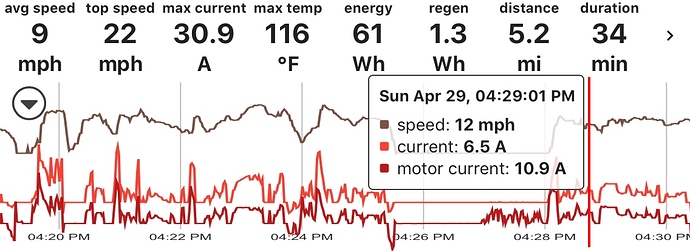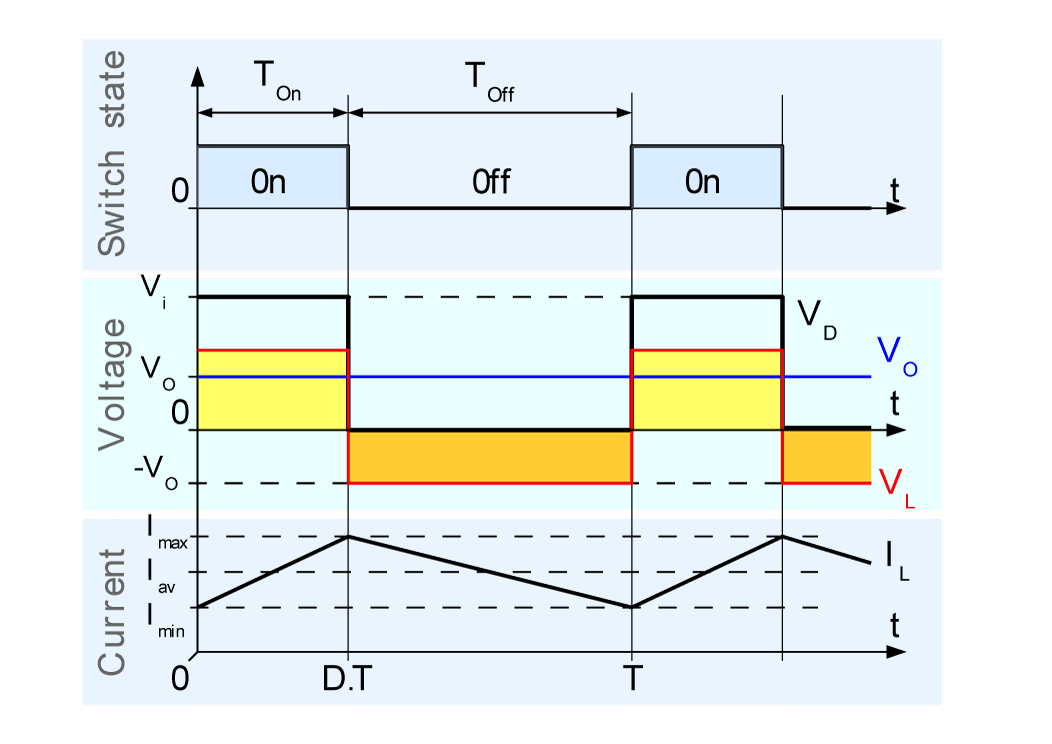
Can’t we like… IP ban devin? He’s killed this thread and many others.
Now i’m also confused about battery amps and motor amps. In the vesc settings i got 80A max amps for the motor and 60A for the battery. Can anyone explain as to why this is? Anyone except Devin that is…
For motor max you can set the maximum the Motor or the VESC can handle. Nobody knows how much the motor can handle because you need to stress the motor until it fails to find out. The manufacture rates the motor for maximum constant current. And for him that means you put a propellor on the motor and use it in a rc airplane. So it has like a forced wind cooling. But we have only the wind from driving which isn’t the optimum for the motor. But get rid of the illusion that you pull the motor max amps constantly. If you have a street steup and no extreme steep hills you won’t stress the motor with that many amps for more than a couple of seconds. And before you overheat the motor you will overheat the VESC if you have no active cooling.
But as long as you don’t go uphill for a couple of minutes at a very steep incline you won’t really fry them. Just simply test that by touching the motors after you think you stressed them really hard. If you still can touch them for a couple of seconds without burning your skin you have nothing to be worried about. If you put a drop of water on them and it boils (> 100°C) you should rethink your setup. If you still can touch them they are below 60°C.
Next problem can be the amps the motor starts to saturate. Means there is a point where the motor can’t transfer more amps into more power. That means all the extra amps will be transferred to heat. For motors which are at least 6355 in size that shouldn’t happen below 100A. Next problem is how much can the VESC handle. For newer versions like FOCBOX, VESC6 a.s.o. 80A for Motor max shouldn’t cause any issues. Everything above needs to be tested and depends on the length of the battery and phase wires (shorter is better) and your motor mode (BLDC, FOC). For VESC of the old age (standard 4.12 like Maytech) that might already be a bit much. Some go 120A and some even higher but you can get Overcurrent Errors. So it should be tested and i can’t recommend it if you are not sure what you are doing.
Battery max is the max the Battery can handle. If your Battery can deliver 80A and you have one VESC then you can use 80A Battery max in theory. But practically that is a lot of power for one VESC (e.g. 10S4P at 36V * 80A = 2880W). If you have dual drive the Battery amps need to be split by 2. So 40A each in this case. Which is better handable for the VESC. But of course you also need to reduce that if you have fuses, a BMS or a anti spark switch that can’t handle that much. So you can take the Amps of the weakest link in your system and devide it by the amount of motors. That is the maximum you should set your battery max.
But that doesn’t mean you have to set the value that high. If it is too much power for you can use lower values. Simple rule is. If you want to adjust the power at Low and Mid Speed you need to adjust the Motor Max If you want to adjust the power at High Speed you need to adjust the Battery Max If you want to adjust the brake power at Low and Mid Speed you need to adjust the Motor Min If you want to adjust the brake power at High Speed you need to adjust the Battery Min
(I used the word power which stands for torque, acceleration, strength, force, momentum or whatever you want to call it that you feel when the motors trys to move your weak flesh)
That last bit you wrote was super informative! Thanks!!
Though the only thing i still don’t understand is how can the motor current be higher than the battery current. I’m no electrical engineer so my logic would be “the battery outputs 20A so the motor uses 20A”
Here you can see that the motor current is higher than batt current.
Could you explain why this is?
the motor current is higher than the battery current because the motor current continues to inductively circulate during the very brief duty cycle “off” times while the battery is supplying 0a. (during these duty cycle “off” times, the motor winding forms a continuous circuit through the vesc via a different set of mosfets). this process lowers the “effective voltage” of the battery pack, and this lowered effective voltage is sent to the motor to produce the # of motor amps requested by the user’s throttle.
http://engineeronadisk.com/V2/notes_labs/engineeronadisk-335.gif
http://engineeronadisk.com/V2/notes_labs/engineeronadisk-91.html
In the following chart, the “motor amps” are labelled “I av” (average current):
I see. It’s still a little bit abracadabra for me but at least i now vaguely understand why it is. Thanks!


